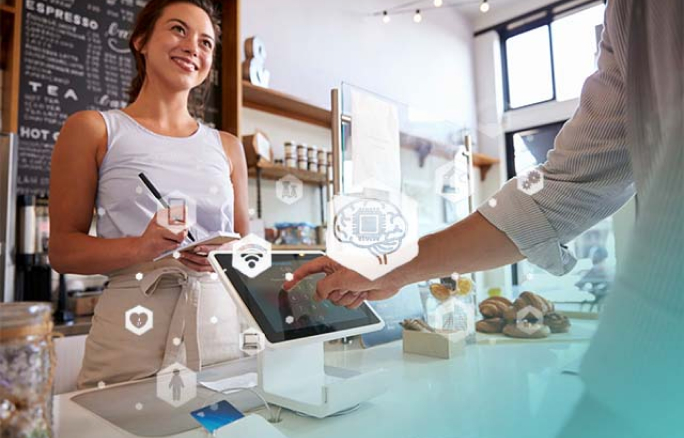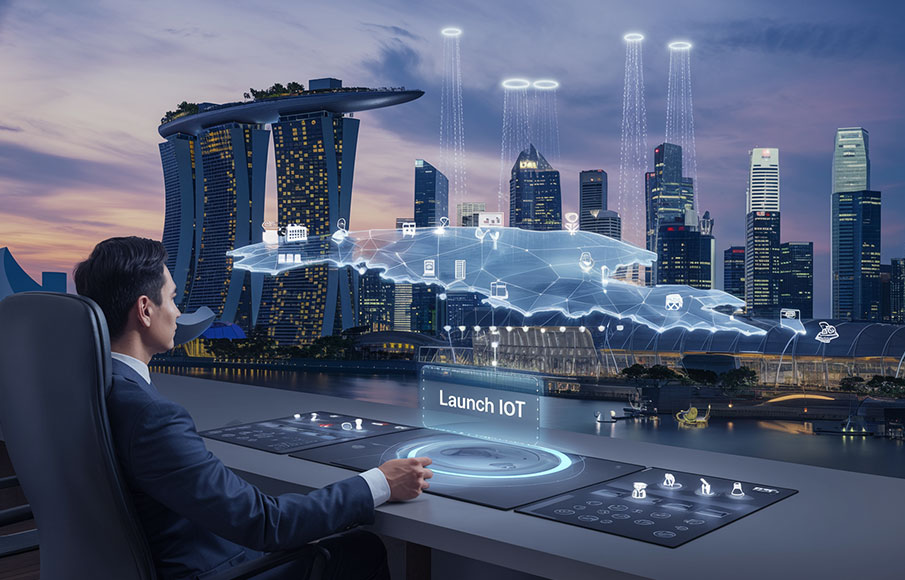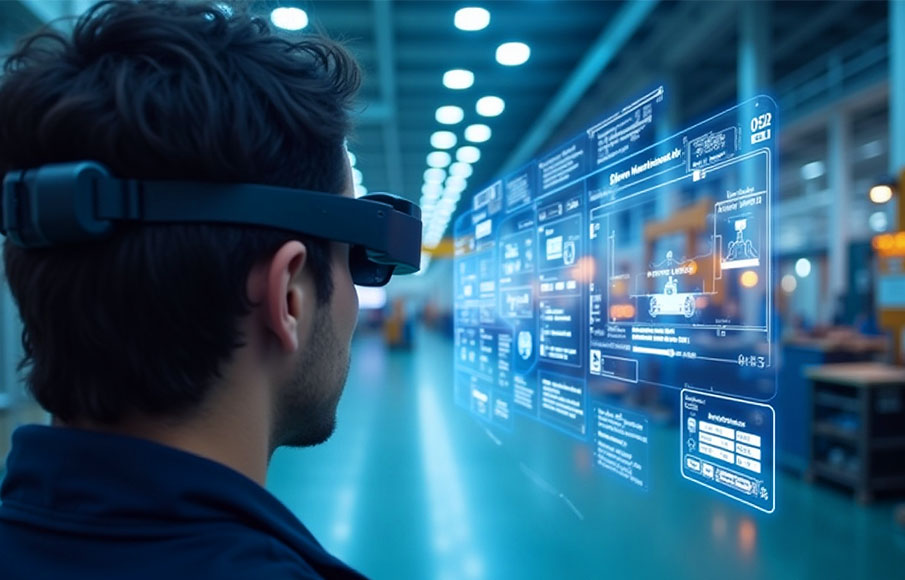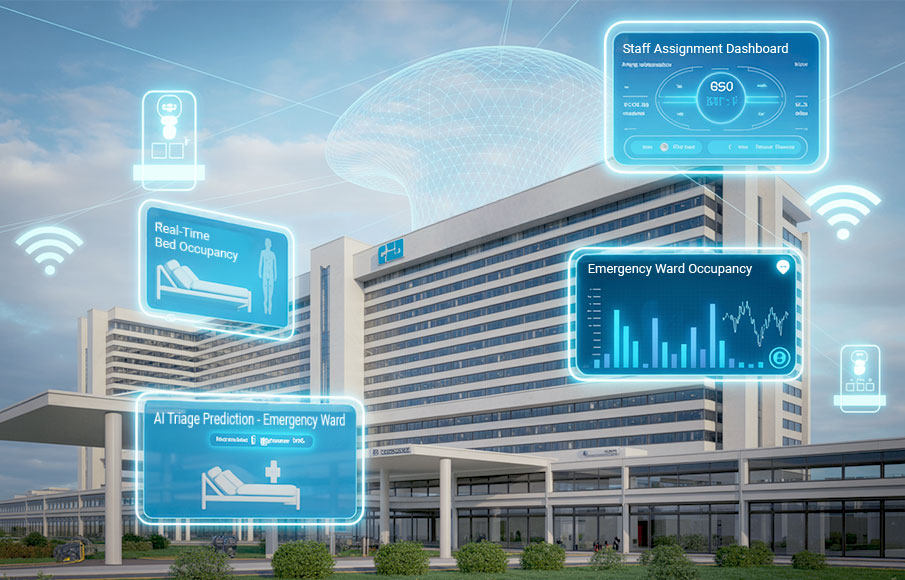Top Chain Store Challenges & Opportunities During This Period of Uncertainty
- 08 March 2022

The pandemic caused in how businesses especially those with chain stores such as retail and F&B outlets, operate. This is because it has put a lot of pressure on traditional businesses that relied heavily on in store and in person traffic. Nearly two years since the rise of COVID-19, shopping establishments, restaurants, and other businesses in the industry are still struggling to bring back and improve the footfall and spends of their customers.
Identifying the Challenges and Solutions

A retail or F&B’s day-to-day operations encompasses multiple facets, each one contributing to the business’s overall performance when it comes to sales and customer retention. While the coronavirus will undoubtedly continue to impact industries where in person engagement is unavoidable, businesses can still thrive by leveraging the right strategies and technologies.
We explore 4 key challenges that can possibly be overcome with modern day solutions.
Challenge 1: Ensuring the safety of customers and employees
The safety of customers and workers is now paramount for business owners of today. This is because despite the virus’s threat, consumers may still prefer to experience their products before purchasing such as trying out clothes, testing gadgets, etc. Or in the case of an F&B establishment, where customers may still prefer to walk in for a meal as the ambience and service is all part of the dine in experience. With this continued need to conduct “business as usual” amidst rising cases, physical contact must be minimised where possible.
It has been tough for businesses to provide this experience because of possible risks such as crowding and contact with other people. Therefore, new ways of working must be established to ensure safety and prevent mass outbreaks in store to build customer and employee confidence. As a result, there has been an increased need for manpower to enforce precautionary measures like social distancing, proper sanitation, and disinfection.
Compliment in store experiences with, no-contact options
To increase foot traffic, while minimising the amount of human contact, business owners should consider digitalising certain aspects of their instore experience. For example, converting your store into a smart one by taking advantage of QR code payments, e-menus, and digital catalogues. This can even extend to responsive in store advertising that use analytics to detect perimeters such as demographics to serve the right advertisement or product recommendation so customers can find what they want easily without having to engage with a store representative.
Reduce queues and time spent waiting in line will be one critical aspect to investigate to reduce person to person contact. In the retail space, fitting rooms would be a key area where queues can form. Explore solutions like smart fitting rooms where sensors detect if a fitting room is occupied and send an alert to customers when fitting rooms are available.
Challenge 2: Supply Chain Disruption

Retail stores experienced difficulties with their respective supply chains due to the lockdowns and limitations imposed during the peak of the COVID-19 pandemic. On one hand, there was a shortage of supplies due to the lack of manpower handling the production and distribution of raw materials while some manufacturers temporarily halted their operations. This ultimately caused the disruption of supply chains, thereby hindering stores from replenishing their stocks at the same rate as before.
Furthermore, delays were also caused by the stricter compliances implemented by various countries in terms of the importation and exportation of products.
Strengthen supply chain management
In the F&B and retail industry, supplies play a major role in one’s day-to-day operations. From the order fulfillment to delivery and transportation, it is important to improve your business’s processes to ensure a smooth workflow. Strengthen your supply chain with analytics and IoT so you can have greater predictability for supply management. This can come in the form of IoT solutions for asset tracking and fleet management to allow you to know exactly how much you have left, what is selling well and where your deliveries are at.
The Tech Solution for Challenge 1 and 2: IoT
Whether it is enhancing in store experiences with no contact options or strengthening supply chain management, one common thread flows throughout and that is the requirement for IoT to be incorporated with store operations. Whether it is in store video analytics, solutions like smart fitting rooms, asset tracking or fleet management, having one common IoT platform can make the management of your sensor data a lot easier.
With a common IoT platform, you will be able to collect sensor data regardless of the gateway protocol and increase your IoT deployments as your needs grow and change. This allows additional runway for you to future proof your business.
You should also look for processing options to support your IoT deployment such as edge cloud computing to help improve application responsiveness without heavy upfront investment for on premise compute equipment. This will free up more store space as well as reducing your need to manage and maintain hardware.
Challenge 3: The need for omnichannel experiences

Customer behavior is constantly changing so bridging your online and offline efforts is essential for persuasive marketing. Virtual shopping technology works hand in hand with the presence of physical stores, converting online customers to in-store foot traffic. This allows customers to explore product options before moving on to physical stores to complete purchases. Make sure to provide multiple touchpoints for your customers so they can have a pleasant buying journey as they transition from virtual to physical.
Elevate customer touchpoints
In the area of omnichannel experience, establishing a differentiated online experience will be critical to set you apart from the competition. The more information or assistance that a customer has on hand for decision making will help you close the sale either directly online or later at your store. A virtual store with augmented reality could be one way to help you stand out. For instance, customers could “try” on clothes by uploading or creating an avatar of themselves.
You can also consider pop up stores in key locations to bring your physical presence closer to your customers, especially if they are still working from home. These pop-up experiences can complement your omnichannel strategy to further speed up the buying process without you having to commit to maintaining a physical presence in the location for the long term. These locations can act as not just a space to view and try products but even as pick up centers for online orders. Smart kiosks can be considered for further process optimisation so that customers can key in their order code to easily retrieve their purchased items or drop off items for return.
The Tech Solution for Challenge 3: Bandwidth on Demand and Business Mobile Broadband
While online stores and virtual experiences can help generate additional revenue, it may cause increased uncertainty for your bandwidth utilisation. This is especially so for periods where you have online promotions or flash sales which may cause a surge in online traffic where people will rush to grab the deals. To avoid such network congestions which may bring down your network and online experience, consider working with a provider that can deliver a flexible bandwidth solution to keep your online store up and always running.
When considering setting up pop up stores or even self-pickup smart kiosks a Business Mobile Broadband solution may be optimal seeing as there may not necessarily be a ready fixed Internet connection in such locations. Business Mobile Broadband services leverage 5G signals to connect up your devices at a more affordable rate than traditional connectivity solutions and can be taken wherever your pop-up stall travels to. Look for providers that can offer you a resilient Business Mobile Broadband solution that comes with failover across different telco 5G networks so you can be assured of maximum uptime for your pop-up deployments.
Challenge 4: Talent and Labor Shortages

Talent and manpower have always been a difficult challenge for retail and F&B chains. Whether it’s in hiring on ground staff to man their physical locations or in ensuring the right talent within their headquarters to take charge of increasingly complex IT infrastructure. The recent pandemic has only exacerbated these pain points with border closures and limited international travel causing a strain on our foreign talent work force.
Automation and Process Improvements
That is why it is important to investigate process improvements to see if there are areas where manual labour or paperwork can be cut down to minimise the reliance on labour. Optimising your processes with virtual sales assistants and converting to e-menus and epayment systems can also reduce manpower required to keep your store functioning. Consideration should also go into digitalising back-end operations to have a seamless flow through of information from the point of sales to stock taking and even accounting and payroll. However, these digitalisation initiatives come with the added risk of complicating your infrastructure and even cyber security requirements.
The Tech Solution for Challenge 4: Managed Services
To reduce network complexity and unpredictability of your ICT requirements, consider working with a managed services partner that can help you with the heavy lifting of planning for and maintaining your IT infrastructure and cyber security needs. With more solutions going digital, especially when dealing with customer data/payments, your IT and cyber security requirements get more complex. A managed services partner can help lighten your IT and cyber security management burden by supporting your businesses with a well-trained IT and cyber security team that can provide 24/7 support. The key benefit of outsourcing such requirements to a Managed Services provider is that you can easily scale up as your business requirements grow, all without having to worry about hiring and retaining IT talent.
Conclusion

While the COVID-19 pandemic has brought about many challenges for the retail and F&B sector, it is also an opportunity for growth and innovation. Successful chain stores within the next few years will be the ones who managed to grasp this shift in the market and come out ahead with the right technologies to shore up their business capabilities.
SPTel is an award winning business class digital services provider that is well poised to deliver solutions that can help in IoT deployment, dynamic resource allocation (bandwidth on demand), Business Mobile Broadband and even Managed Services. To see why major chain stores such as Sheng Siong are making us their digital services partner of choice, check out our CNA documentary “Home-Grown with a Digital Edge” here.













